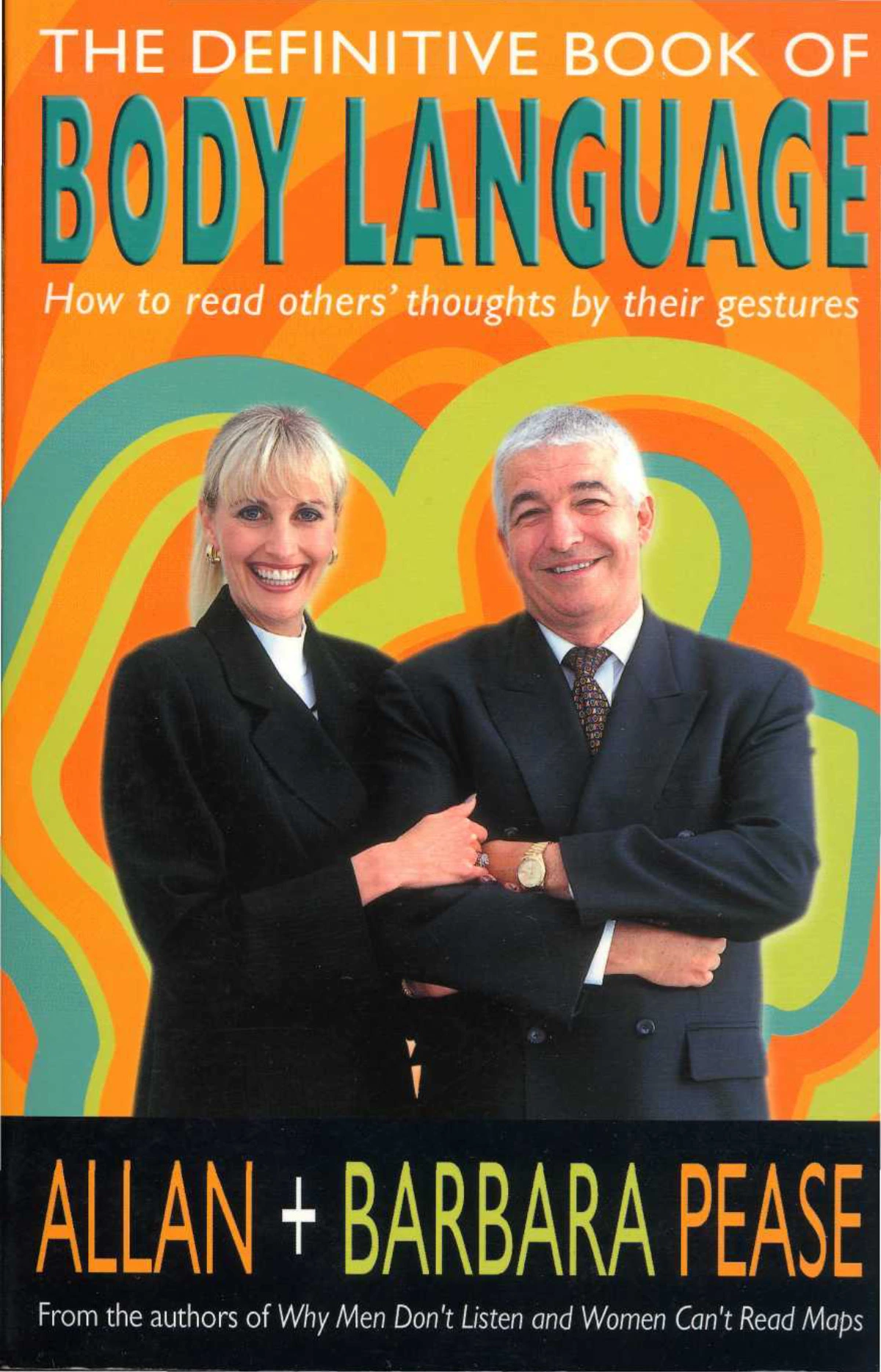
Body Language Book
Body language by Allan Pease is just what you require to know those feelings that people often try to hide. This book adds a new dimension to human communication. It is a must for anybody whose business or personal life involves face-to-face interaction with other people. This book explores various aspects of non-verbal communication, including gestures, facial expressions, and body movements, and how they can be interpreted in different contexts.
This book offers insights into understanding people’s personalities and intentions through their behavior, including body language cues.
Body Language Book Summary
- Non-Verbal Communication: Body language encompasses all non-verbal signals that we use to communicate, including facial expressions, gestures, posture, eye contact, and even tone of voice.
- Universal vs. Cultural Cues: While some aspects of body language are universal and are understood across different cultures (such as smiling to express happiness), others may vary depending on cultural norms and context.
- Gestures and Posture: Different gestures and postures can convey various meanings. For example, crossing one’s arms may indicate defensiveness or discomfort, while open and relaxed postures suggest confidence and openness.
- Facial Expressions: Our faces are incredibly expressive and can convey a wide range of emotions. Understanding facial expressions, such as microexpressions (brief, involuntary facial expressions that reveal hidden emotions), can provide valuable insights into people’s thoughts and feelings.
- Eye Contact: Eye contact is a crucial aspect of communication. It can convey interest, attentiveness, trustworthiness, or even aggression, depending on the context and duration.
- Detecting Deception: Body language can also be used to detect deception. Certain behaviors, such as avoiding eye contact, fidgeting, or inconsistencies between verbal and non-verbal cues, may indicate that someone is not being truthful.
- Adapting Your Own Body Language: Becoming aware of your own body language and learning to control it can improve your communication skills and help you convey confidence, empathy, and credibility.